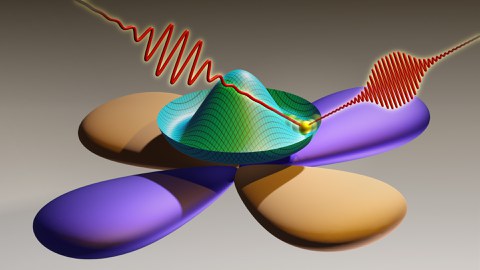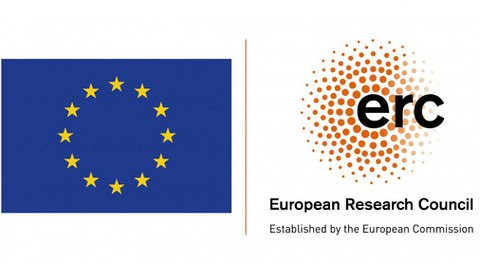Mar 17, 2022
Stefan Kaiser receives an ERC Consolidator Grant (funding amount 2,292,750 EUR) to develop a new spectroscopy method for superconductors - the Higgs spectroscopy
Superconductivity, current transport without resistance, is one of the most exciting phenomena in modern solid-state physics. Superconductivity is technologically relevant with applications ranging from lossless energy transport to the generation of high magnetic fields to quantum computing. In his new "T-Higgs - Phase-Resolved THz Spectroscopy on Supercondutors" project, Stefan Kaiser and his research group are developing a new method, Higgs spectroscopy, to gain new insights into superconductivity and its dynamics. In Higgs spectroscopy, the condensate of the superconductor, in which electrons are combined into Cooper pairs at low temperatures, is excited to oscillate by a laser in the terrahertz frequency range ("Higgs oscillations") and the laser light generated by the oscillations is subsequently analysed. This allows to study and classify the collective dynamics of the paired electrons in detail. The detected Higgs oscillations thus serve as a probe for the superconductors wave function and allow the superconducting state to be identified and characterized.
Higgs spectroscopy allows a complete determination and classification of the superconducting wave function, which is also called the order parameter. Classification of the order parameter - in particular, the nontrivial symmetries of unconventional superconductors - is important for the understanding of superconductivity. The novel Higgs spectroscopy measures both the amplitude and phase of the Higgs oscillations, so that the complex order parameter can be determined directly. In the important class of cuprate high-temperature superconductors interactions of the superconductor with other coexisting phases will be investigated and their interaction will be modulated via external parameters. Furthermore, Higgs spectroscopy applies to light-excited superconductors or even light-induced superconductors. For such non-equilibrium states of superconductors it is a goal to establish Higgs oscillations as a new criterion for superconductivity. With such a new criterion, it will be possible to characterize and classify new superconductors not yet known.

Schematic representation of a Higgs excitation of the superconducting order parameter (yellow ball). A THz laser pulse excites the Higgs oscillation in the "Mexican hat" potential of a superconductor. The oscillations themselves are affected by the fundamental properties of the superconducting order parameter, such as its symmetry (d-wave order parameter with complicated amplitudes and phase structure, orange and violet lobes). The THz light emitted by the Higgs-oscillation can be measured in amplitude and phase and allows a direct characterization of the complex order parameter.
